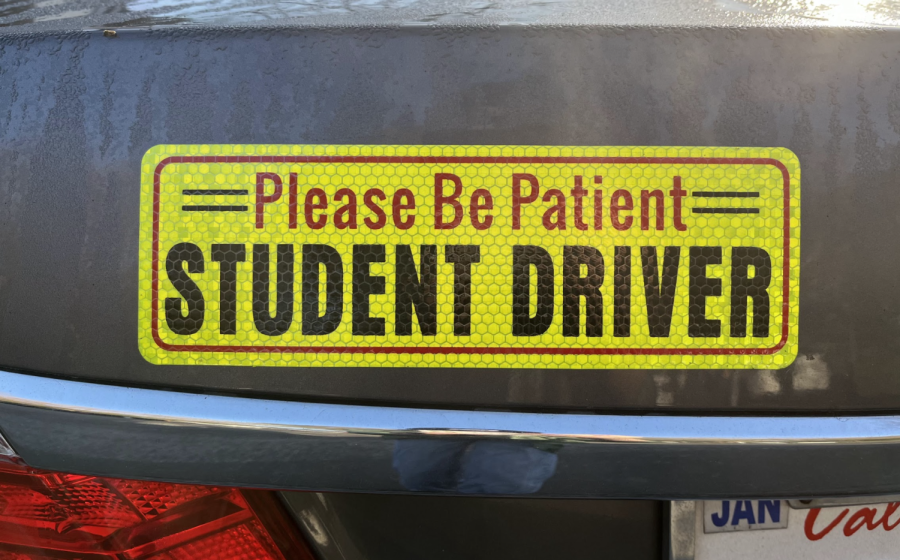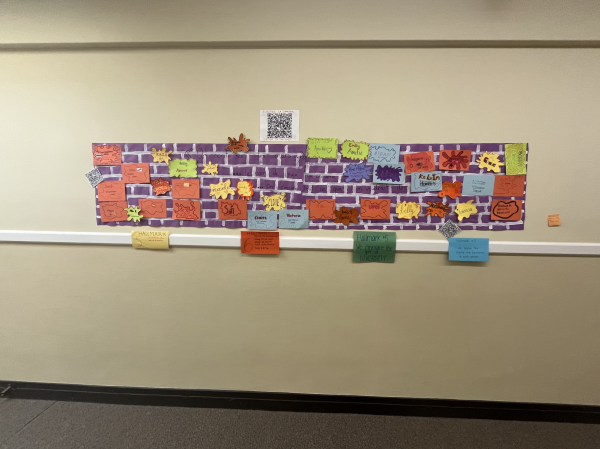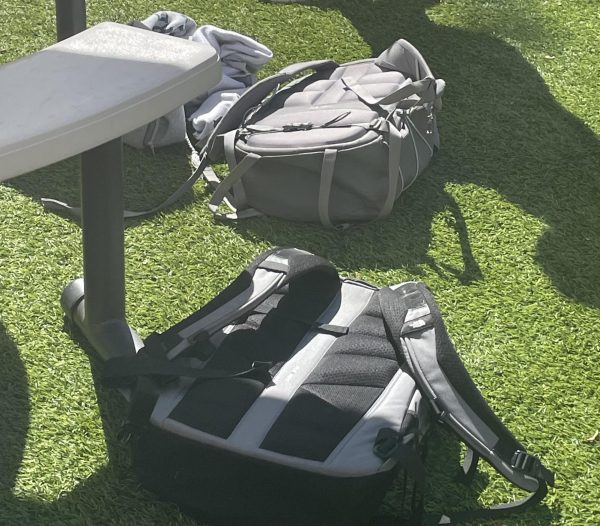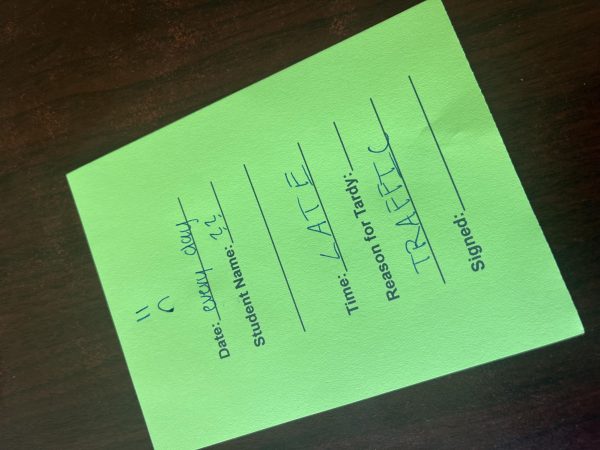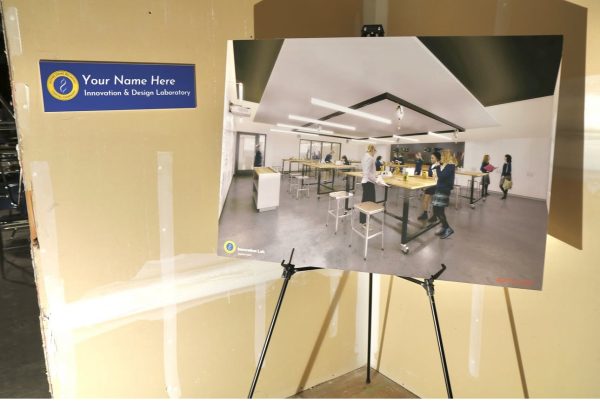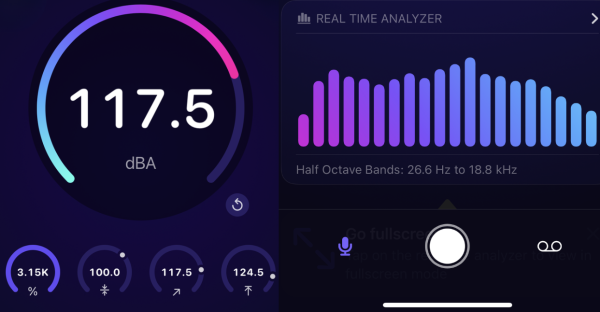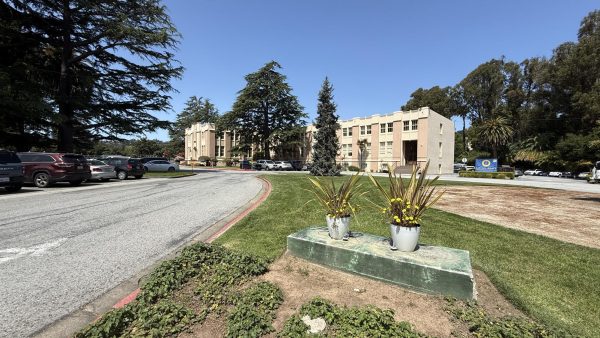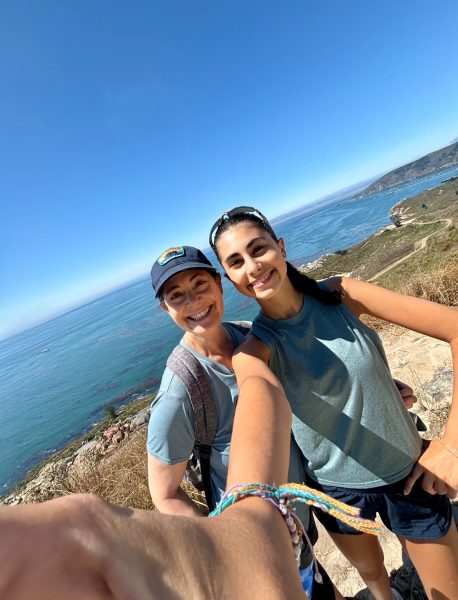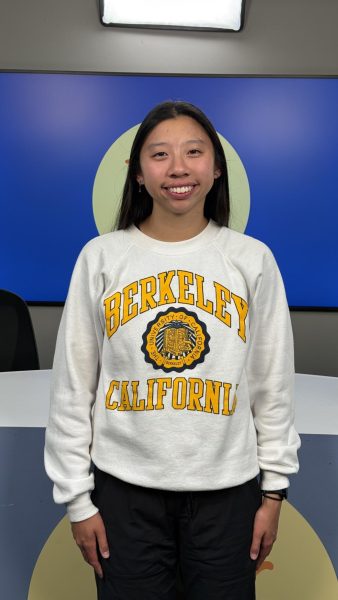Buckle up, NDB community. We need to drive safer.
Driving is dangerous. Whether cruising along 101 during a rainy rush hour or going 25 miles per hour in a one-lane school zone, accidents happen. But accidents are preventable. So why, in a school zone of all places, have they not been prevented?
On Friday, February 17, the NDB community received an email providing notice of two separate traffic accidents involving students on Ralston Avenue that morning. All involved parties walked away in good condition, but many community members raised concerns. Such incidents are not uncommon; every NDB driver knows that attempting to exit the campus parking lot while avoiding a collision is difficult. Students have scratched their fellow classmates’ cars, and, every day, a new driver is seen speeding through the narrow back alleyway attempting to leave school in a rush. So much is on the line – why have no major changes been made?
There is an inevitable element that must be addressed when searching for the solution: students are bad drivers. Not because they lack skill, but rather experience. When sixteen-year-olds are put behind the wheel, they are responsible for the safety of others. They face restrictions on driving friends and driving at night, but no regulations on driving in busy traffic or school zones. On an individual level, drivers must prioritize safety over timeliness.
More importantly, however, NDB and the City of Belmont need to collaborate to implement better traffic safety on Ralston Avenue. Pedestrian crossings are a given – one already exists near the intersection of Ralston and Alameda de las Pulgas, and another adjacent to the tennis courts formerly owned by NDNU. Both are equipped with light-up signs that make walkers visible to drivers and serve the community remarkably well. Another placed more towards the halfway point between El Camino Real and Alameda would increase safety further by not only reducing pedestrian accidents but encouraging more walking to school.
On the topic of alternative methods, the City of Belmont should work with SamTrans to increase the frequency and reliability of the three bus lines that stop outside of campus. With that, NDB should expand its program that enables students to take Caltrain to school by introducing a similar system with SamTrans. Offering assistance with setting up Clipper cards, finding routes suitable for students’ home addresses, and offering flexibility when public transit are all steps that will take cars off the road, lessening the risk of the morning rush.
Several students, including myself, turn to public transit not only as a means for getting around, but as a way of life and enjoy doing so, too. The numerous routes and service patterns can seem daunting at first, but memorizing the route number or departure time to school is possible for anyone.
There is another solution to the danger of driving to school, and it is possibly the most simple of all: biking to school. A large portion of the NDB community already lives in Belmont or its neighboring areas. These students, if not already in walking distance, are certainly well within the distance where biking each morning and afternoon is feasible. The implementation of even a few more bike racks on campus might remind students of alternative modes. Even better would be the expansion of bike lanes on Ralston Avenue and adjacent streets. The safer streets are, the more people will bike.
So NDB students, put on your helmet, grab your transit card, lace up your walking shoes, or buckle up. Getting to school should not be a danger to anyone.
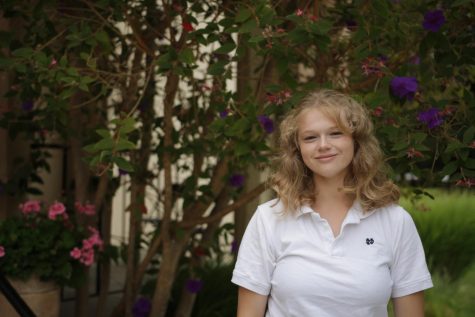
Lauren is a senior at Notre Dame. In addition to being a staff writer for NDB's award-winning student newspaper, The Catalyst, Lauren is a member of ASB...

